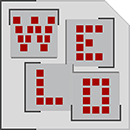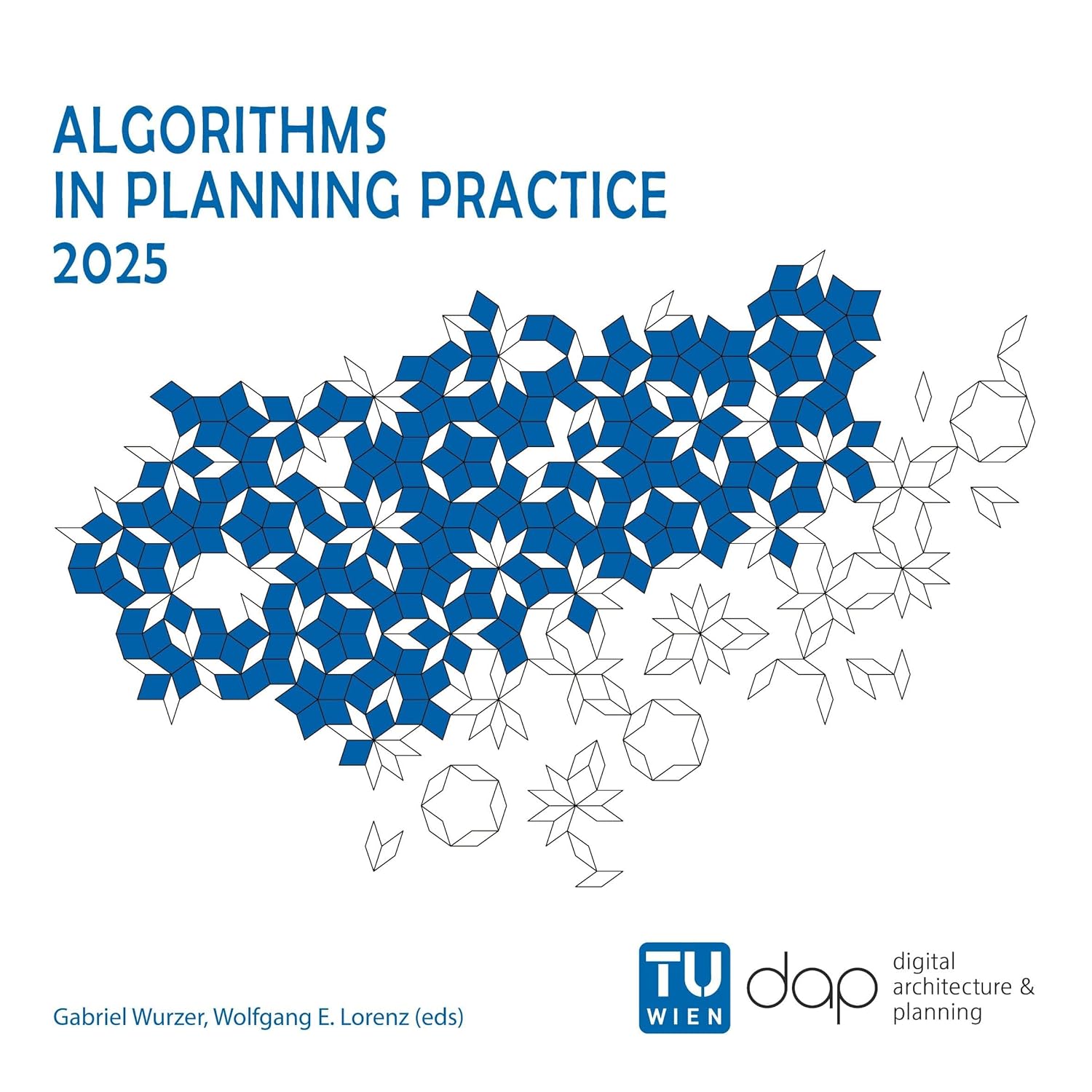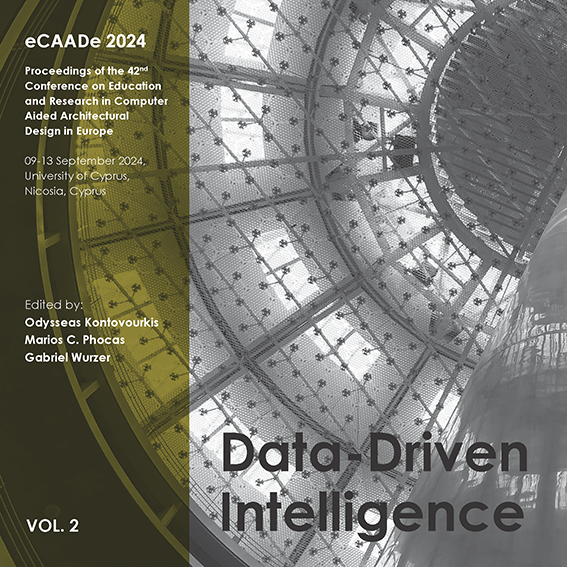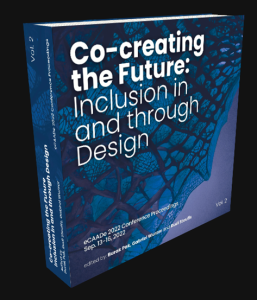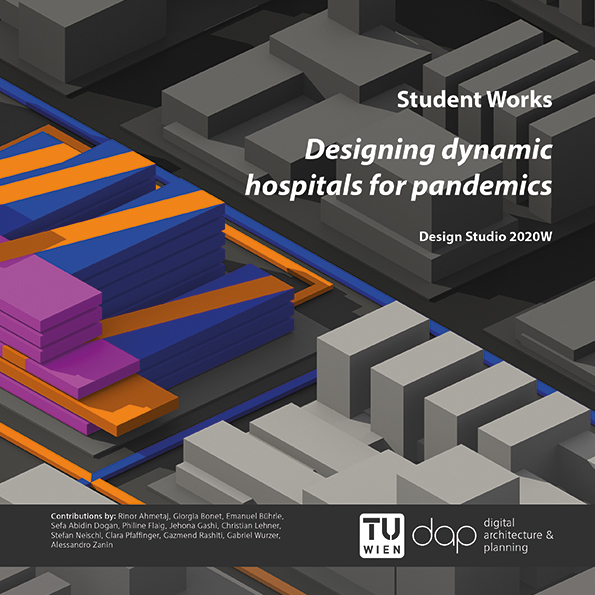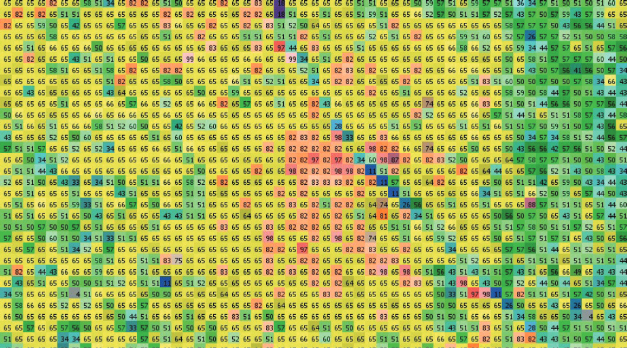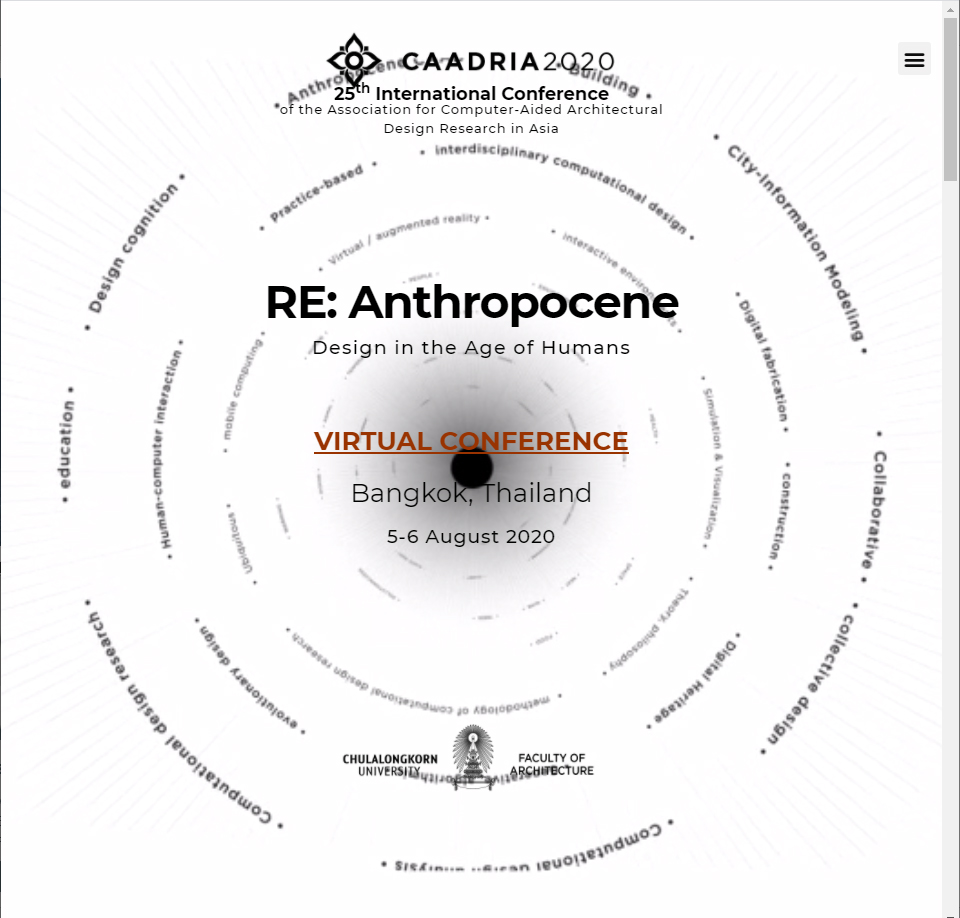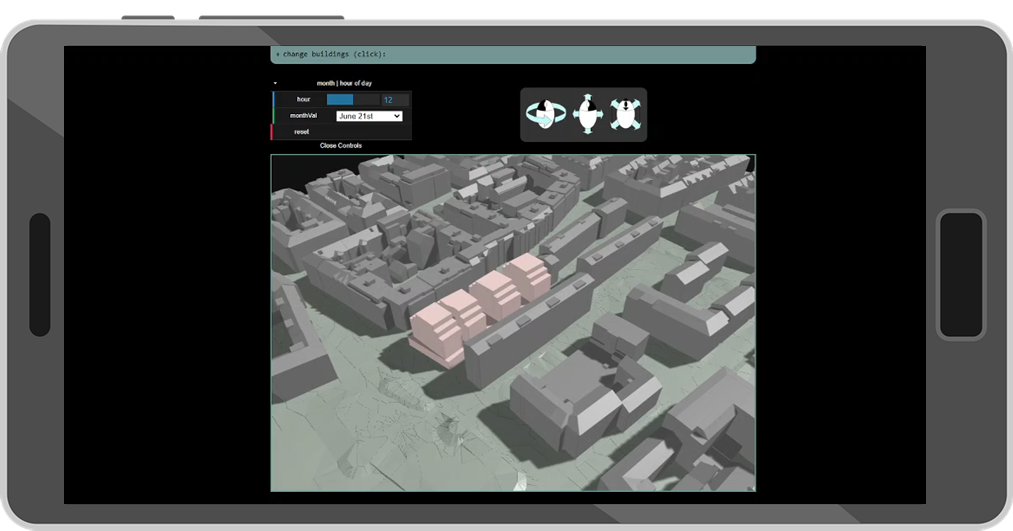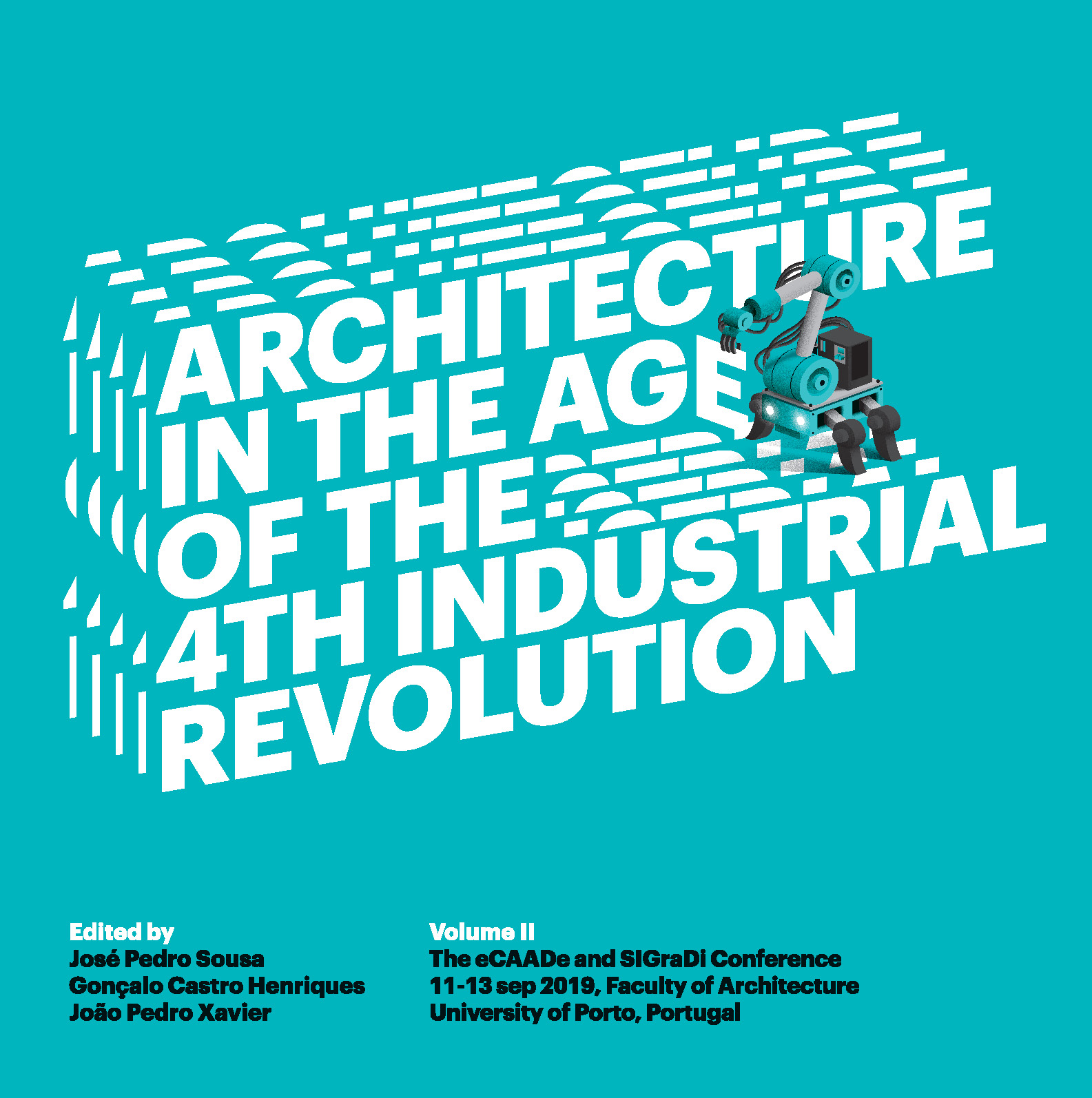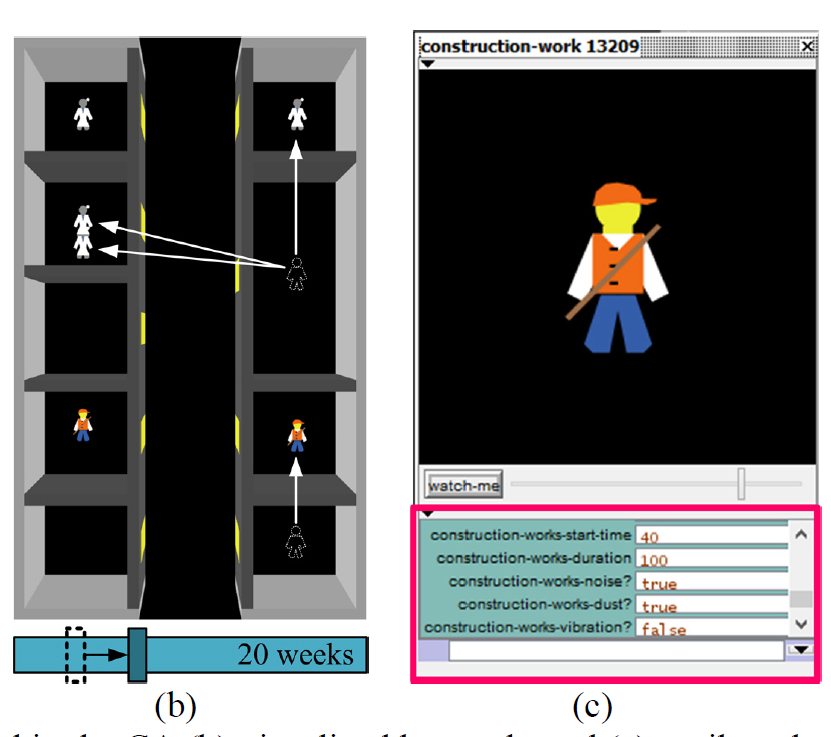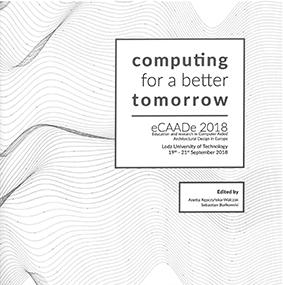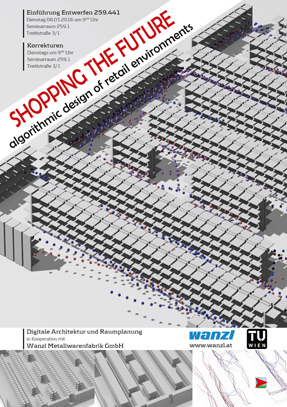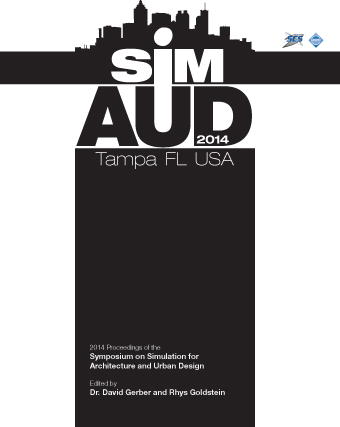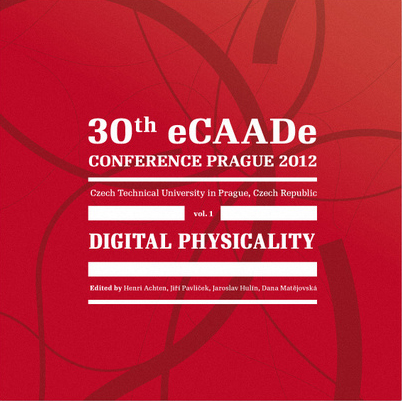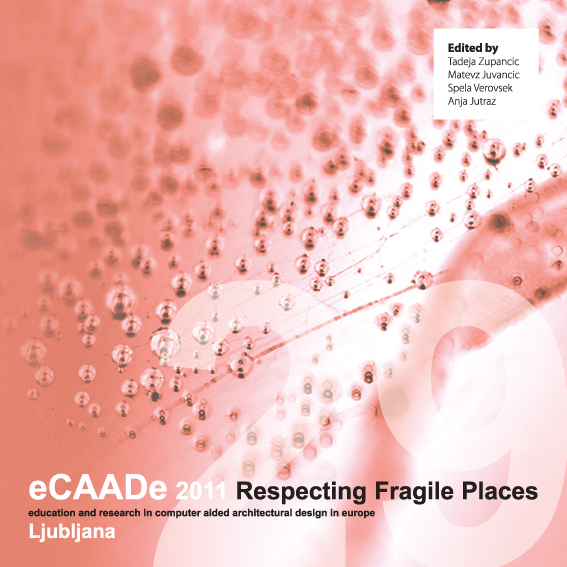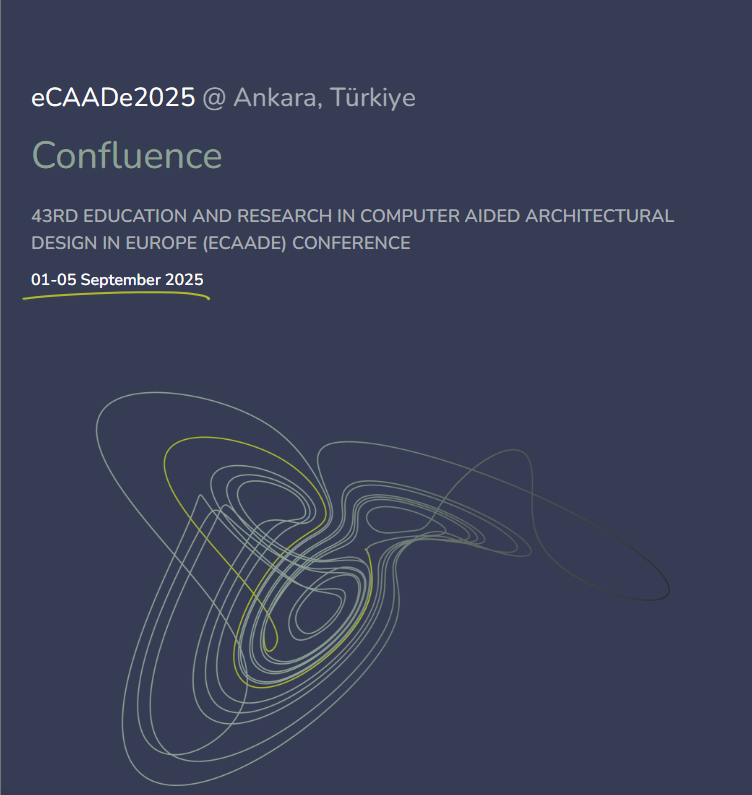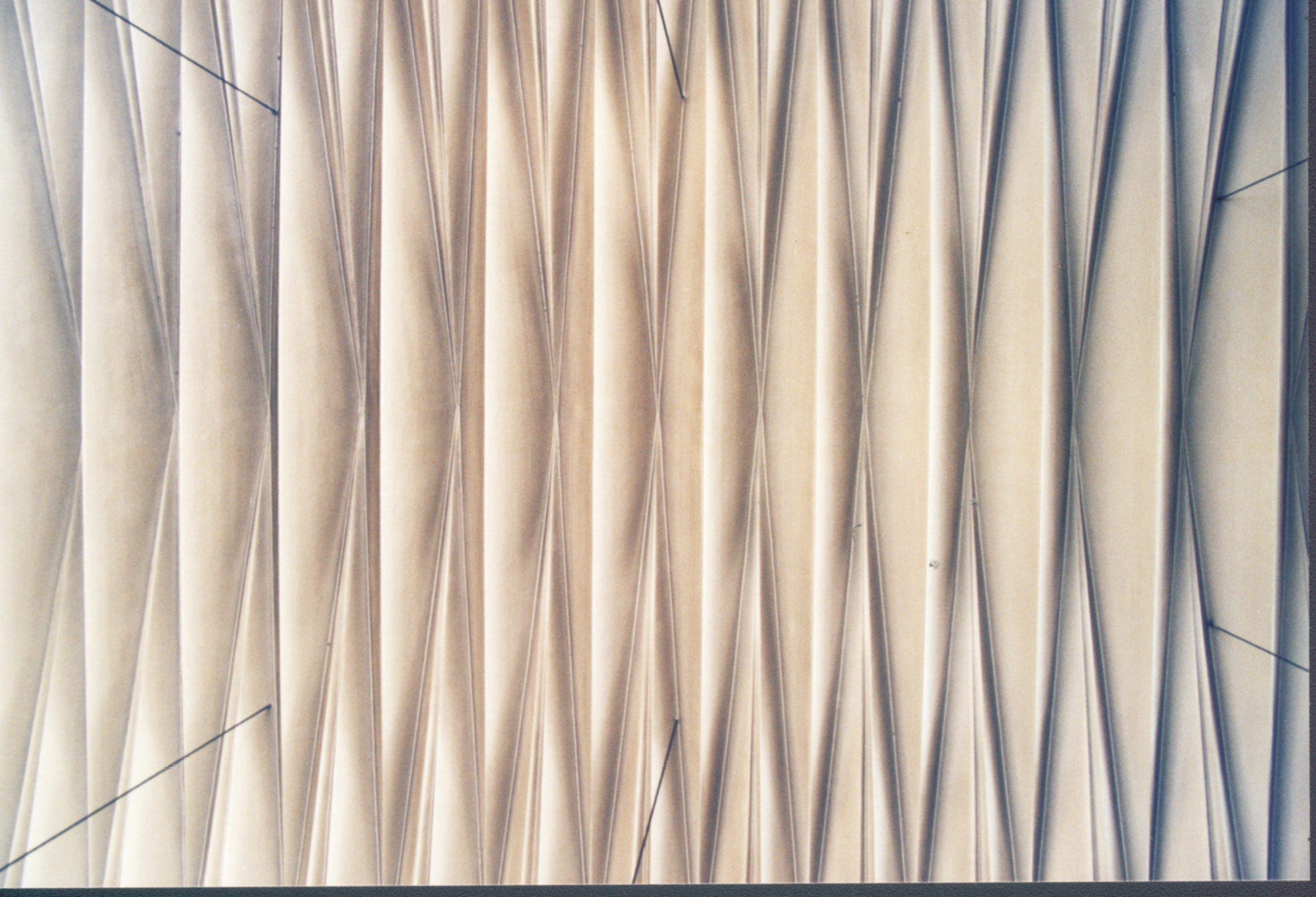Abstract Book of 4th Digital Geographies Conference
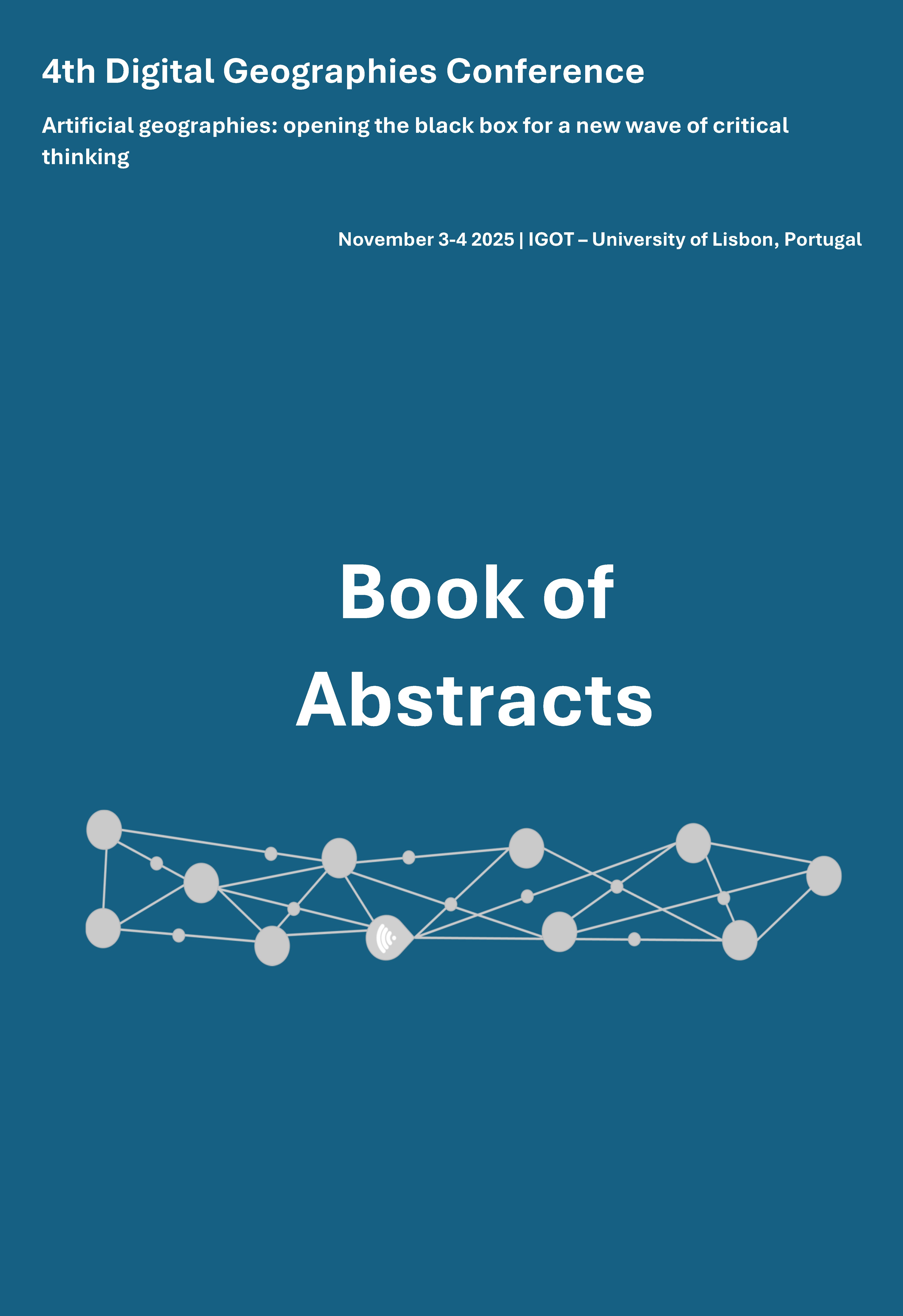
Talk and Proceeding: Predicting Material Composition of Walls and Floors using Machine Learning
Wurzer, Gabriel; Ferschin, Peter; Erb Gavrilovici, Ingrid; Kovacs, Bálint István; Kovacic, Iva; Bindreiter, Stefan; Rast, Lukas; Rechberger, Helmut; Rivic, Stefani; Mattersberger, Fabian; Kneidinger, Peter; Ragossnig, Arne; Maurer, Oliver; Lorenz, Wolfgang E.
{wolfgang.lorenz|arnold.faller|gabriel.wurzer} (at) tuwien.ac.at
www.dap.tuwien.ac.at/
Vienna; Austria
Keywords: Machine Learning, Urban Mining, Material Compositions, Data Hub
Nov., 2025
Vale, Mário; Ferreira, Daniela (Eds.)
IGOT – University of Lisbon (Publisher)
Keywords: Architectural Design Automation, Evidence-Based Design, Algorithmic Planning, Building Science, Machine Learning
2025
- ISBN-13 : 978-3384625434
Abstract.
In the context of Urban Mining, it is essential to know the material composition of the building stock. In our project M-HUB (Data hub for the collection and viewing of material compositions of the building stock of the City of Vienna), we have thus worked on ways of learning material compositions from samples taken in buildings of various periods. We employ machine learning (e.g. random forests) to predict wall and floor compositions and use these in connection with the building footprint for extrapolation. As shown, our results closely match the ground truth (more than 80 percent accuracy, depending on building period). As a matter of fact, we can infer the material composition of the urban building stock even for buildings that have not been surveyed. Additionally, we also sample building elements (e.g. windows, doors) that can be reused or repurposed; we learn to predict the existence of such elements in the same fashion. As to the applicability of our data hub, we target real estate developers, municipalities and planners. The first ones need an estimation of how much material and what kind (contaminants!) one would incur in renovation and demolition; municipalities might be interested in the same information, but on an aggregate level. And lastly, architects might also want to incorporate “waste” material or elements into their design, so as to decrease their carbon footprint (e.g. by using old bricks, wooden beams or doors and windows).
